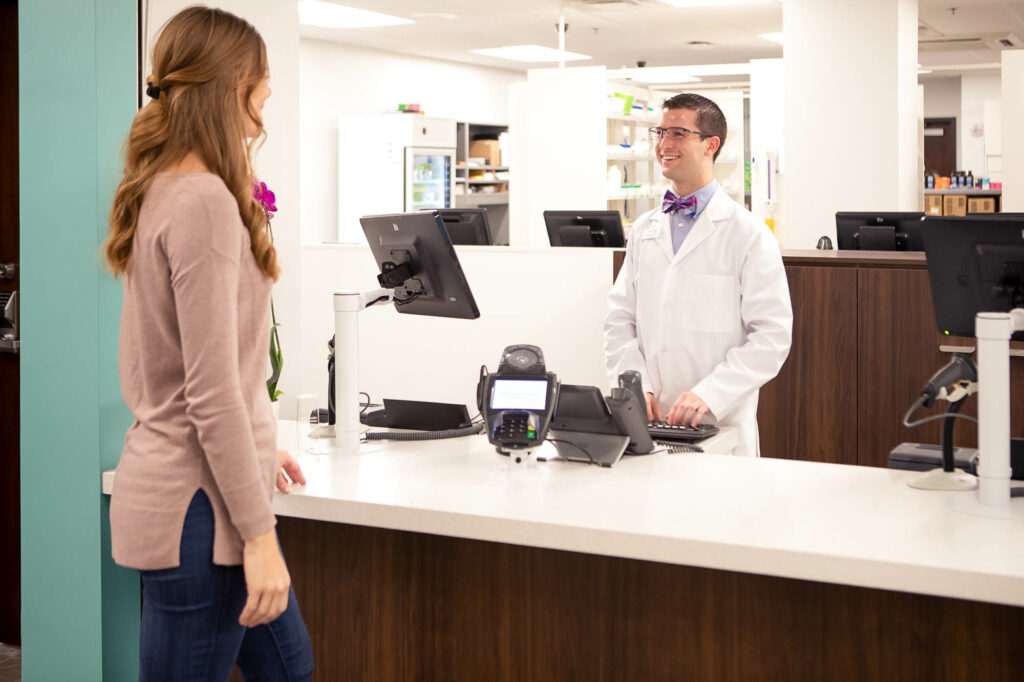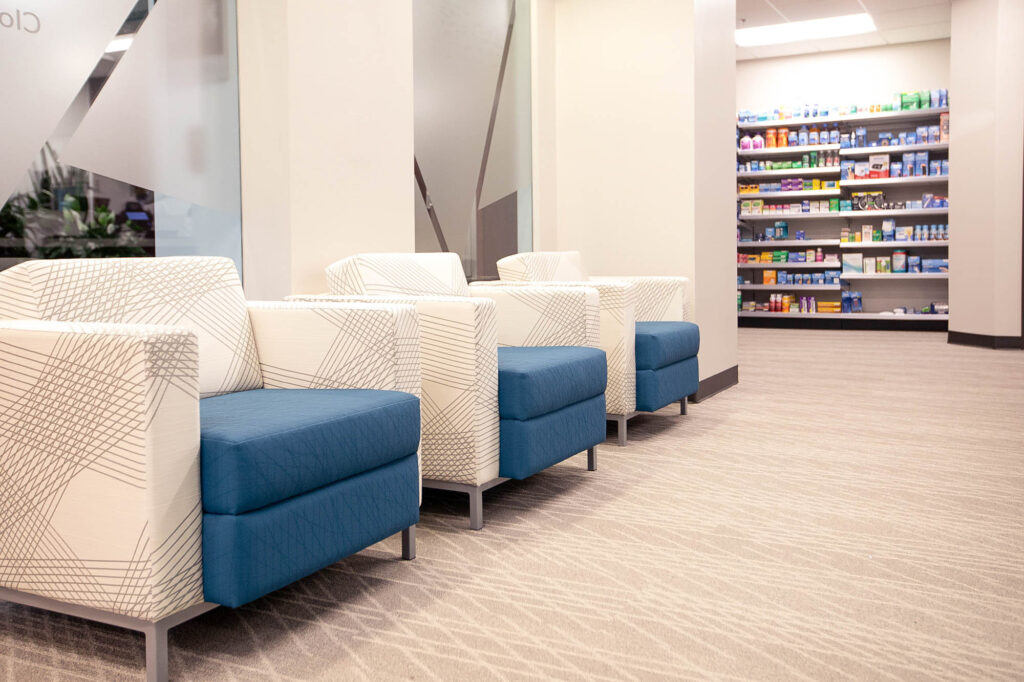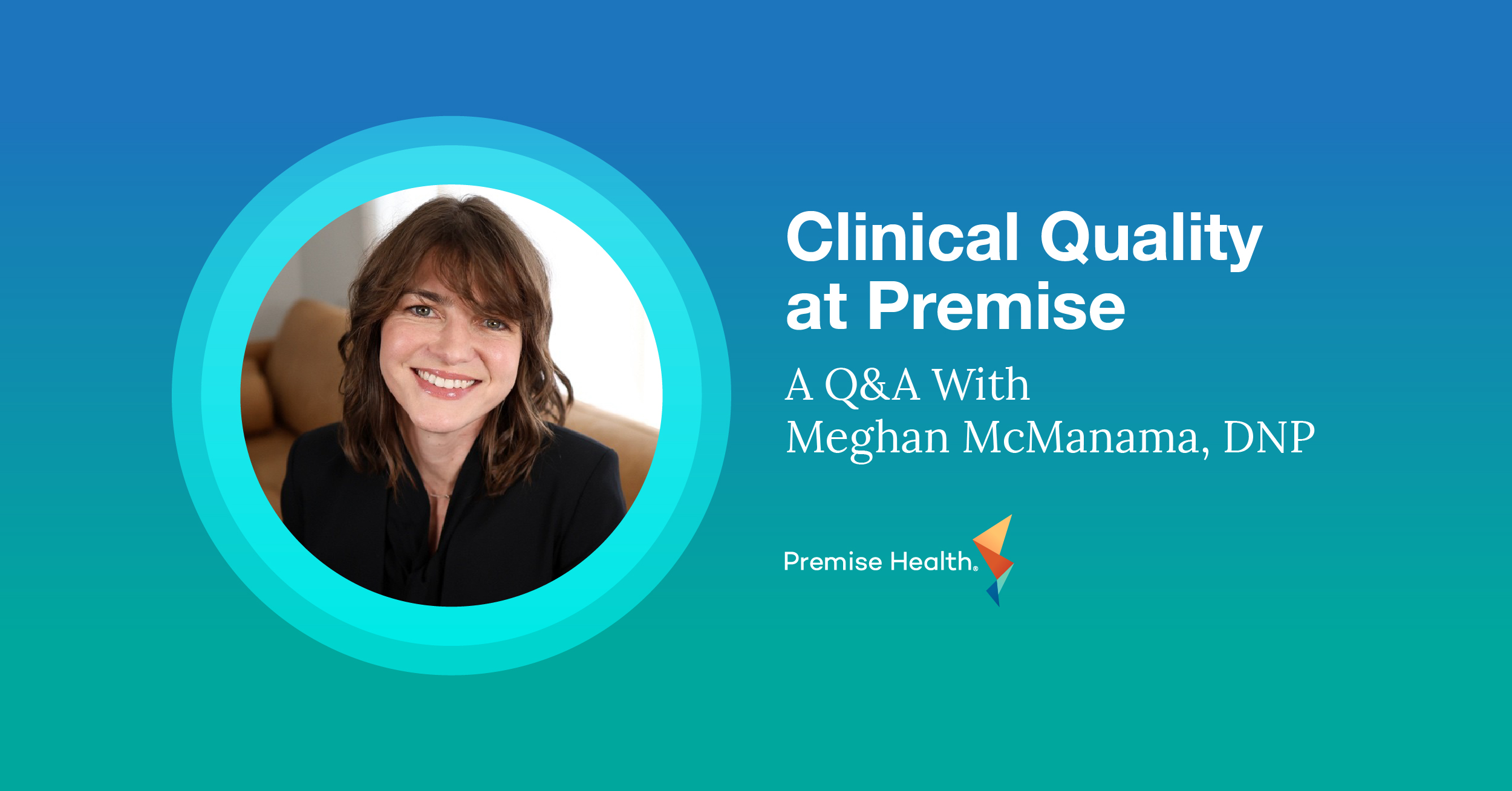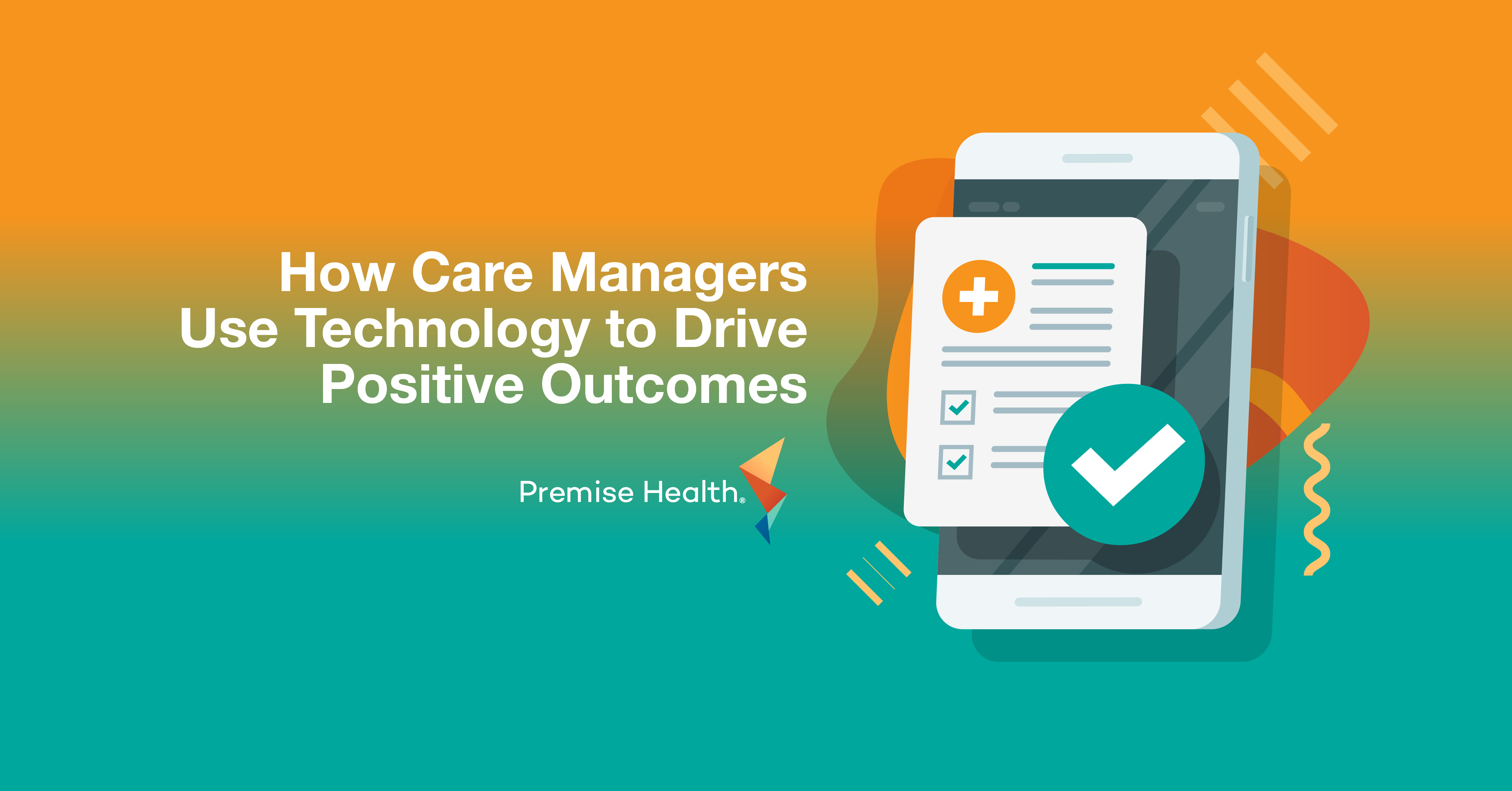What are the Benefits of an Onsite Pharmacy?
A Q&A with a Premise Health Pharmacy Expert
Think about the last time you visited a community pharmacy. It’s likely your reason for being there was to pick up a medication, such as an over-the-counter cold or allergy medicine, to provide relief. Or, maybe your illness required a prescription medication. In this case, you made your way to the back of the store, the pharmacist provided the medication, he/she asked if you had any questions about taking it, and you left.
Often times, pharmacy interactions are transactional. Yet the pharmacy and pharmacists can – and should – play a larger role in healthcare than dispensing medications. The value they deliver to the healthcare ecosystem is much bigger, and for an employer, bringing this service directly to employees can offer big benefits.

We sat down with one of our Premise Health onsite pharmacy experts to talk about the what onsite pharmacies have to offer. He shared his perspective on organizations bringing pharmacy care directly to their employees and how pharmacists can have the biggest impact on outcomes.
Q: How is seeing patients in the workplace different from providing services in the community pharmacy setting?
An onsite pharmacy is a pharmacy at or near the workplace. There are a number of benefits to this approach. Offering direct pharmacy services provides more opportunities to interact regularly with employees and build relationships over time, which in many cases leads to better healthcare and enhanced outcomes while creating a superior patient experience. In an onsite or nearsite pharmacy setting, you as the pharmacist have a dedicated population and a single benefit plan to manage. In the community, you are dealing with an undefined population and multiple benefit plans, making it more difficult to build relationships and offer expert advice on prescription drug coverage.
In an onsite pharmacy setting, pharmacists can get to know the population and plan inside-and-out, which makes it easy to advise members and their providers. The pharmacist can partner with the member and care team to craft the most appropriate, evidence-based, cost-effective, patient-centered care plan.
Finally, and most importantly, this model also is different because the financial incentives are completely aligned with the members’ interests. We’re paid to help members live healthier lives, not on the volume of scripts like in a retail pharmacy model.
Q: How can a dedicated pharmacy impact medication adherence?
Today, nearly 50 percent of adults ages 20-59 take prescription medications, and half of those are considered non-adherent. There are a number of reasons people don’t take their prescribed medications, which is a costly decision for the employee with indirect cost implications for the employer. A nonadherent employee could be less productive and experience additional healthcare issues, resulting in higher costs.
A dedicated pharmacy can help employers impact medication compliance. Pharmacists have access to claims data that can show which conditions are most prevalent in the employer population and then proactively intervene to address potential complications associated with not taking a medication. One way pharmacists can have an impact is by talking less and listening more. By getting to know the member, the pharmacist can better understand why a medication isn’t being taken and help the individual get back on the right track with a personalized approach.

Q: What advice would you give pharmacists treating/hoping to treat patients in their workplaces?
Onsite pharmacists are in a unique position to develop relationships with employees over time. Because the pharmacy is in the workplace, members have convenient access to services. Pharmacists are some of the most visible and accessible members of a healthcare team. We can build relationships that influence behavior change that result in improved outcomes.
One of the most important relationships is with the member’s primary care provider. Having an open dialogue with the provider can uncover helpful information, such as why a certain medication was prescribed. If cost is an issue for the member, you can inform the provider of a less expensive option – often, he/she doesn’t know there is an alternative. If medication adherence is an issue, the provider may not know the regimen is too complicated for the member and that simpler options are available. We as pharmacists can help bridge that gap, ensuring better coordination and integration on treatment plans and promoting enhanced continuity of care.
From increasing medication adherence to promoting age-appropriate vaccinations and instructing how to properly take a medication to teaching a member how to monitor his chronic condition, onsite pharmacists can help create a culture of health throughout an organization simply by investing in relationships.
Q: Can an onsite pharmacy impact costs?
Prescription drug costs are a big chunk of an employer’s healthcare spend. It’s also a pain point for employees, as one in four people taking prescription drugs has difficulty affording them. The statistics are staggering. Prescription drug costs account for more than 22 percent of every premium dollar, outpacing physician, inpatient, and outpatient hospital services, according to America’s Health Insurance Plans (AHIP).
A dedicated pharmacy can impact cost by taking an active role in members’ health. This ability ties back to understanding the employer’s plan design. By having in-depth knowledge about what options are available to employees, the pharmacist is in a position to find lower cost alternatives. In addition, by getting to know a member, the pharmacist can help the person understand his medications and create a regime that leads to better adherence. Improving adherence is one of the keys to reducing overall healthcare costs.
Bringing pharmacy services directly to the employee creates a seamless experience that positively influences outcomes and lowers costs.
Q: How does an onsite pharmacy foster a patient-centered culture?
It’s no secret that patient-centered care is the right approach. Building relationships with members is fundamental to our success in an onsite pharmacy setting. In this setting, pharmacists are located at or near the worksite, where members can spend up to 12 hours a day. This provides numerous opportunities to meet members where they are and provide convenient access to pharmacy services. The ability to connect with members at the worksite and develop personal relationships builds trust. It creates an environment where pharmacists have both the time and relationships needed to fully realize their role on the care team.
Learn more about our approach to dedicated, onsite pharmacies or get in touch with Premise Health – we value your feedback.
Next on industry insights.

Provider Dispensing and its Role in a Better Care Experience
Read the Blog
Clinical Quality at Premise: A Q&A With Meghan McManama, DNP
Read the Blog